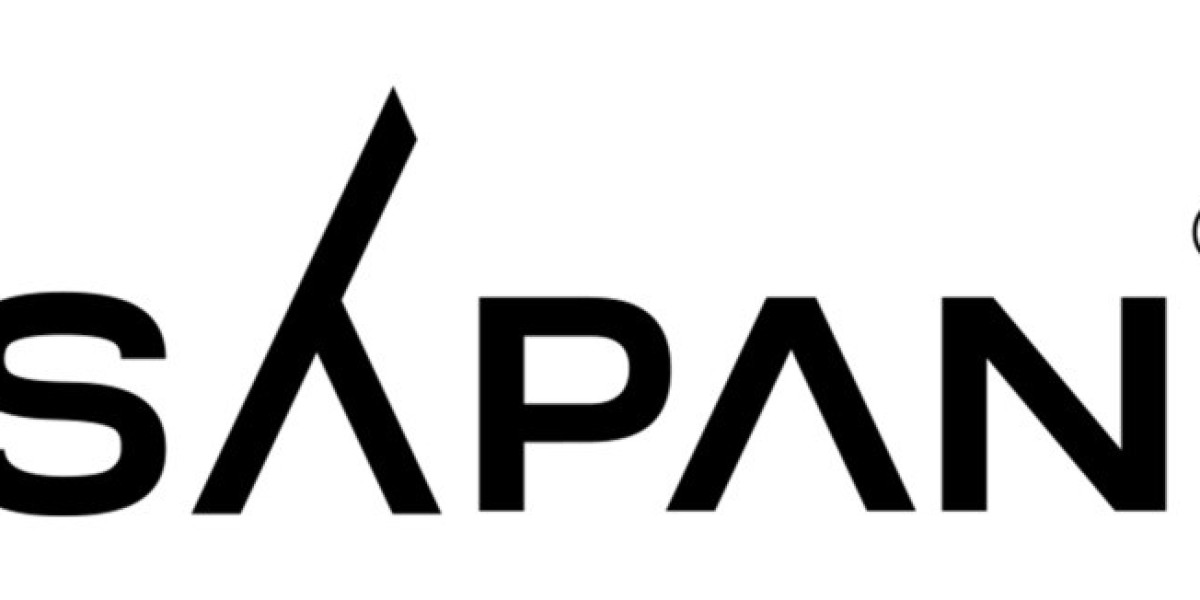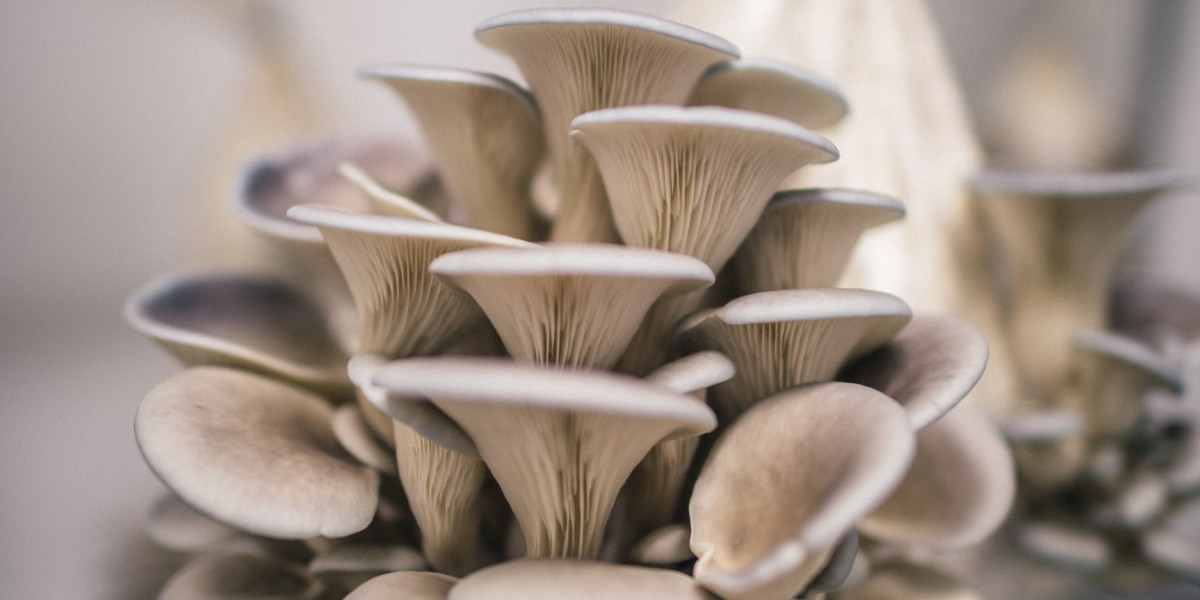Selecting the right materials for pouches is a nuanced process that significantly impacts the performance, aesthetics, and environmental footprint of the packaging. As consumer preferences shift towards more sustainable and visually appealing options, businesses must stay ahead by making informed choices. In this blog, we will explore the various materials available for pouch packaging, their benefits, and considerations for making the best selection for your product.
Understanding Pouch Packaging
Pouch packaging is a flexible, versatile, and often sustainable option used across various industries including food and beverages, pharmaceuticals, and personal care products. The flexibility in design and the potential for reduced material use make pouches a popular choice. However, the material you choose for your pouches can influence their effectiveness in preserving product integrity, ease of use, and environmental impact.
Innovative Branding & Packaging by Saypan - Learn More @ https://saypan.in/our-services/
Key Material Options for Pouch Packaging
- Plastic Films
- Polyethylene (PE): PE is one of the most widely used plastics for pouch packaging due to its excellent moisture barrier properties and flexibility. It is often used in food packaging to keep products fresh.
- Polypropylene (PP): Known for its strength and clarity, PP is used in applications where transparency is crucial. It also offers good resistance to chemicals, making it suitable for personal care and pharmaceutical products.
- Polyethylene Terephthalate (PET): PET is highly valued for its strength, thermal stability, and barrier properties against gases and moisture. It is frequently used in both food and non-food packaging.
- Foil Laminates
- Aluminum Foil: Aluminum foil offers the best barrier properties against moisture, light, and gases, making it ideal for products that require high protection, such as pharmaceuticals and high-end food items. However, its non-recyclability can be a drawback in terms of sustainability.
- Biodegradable and Compostable Films
- Polylactic Acid (PLA): PLA is a biodegradable plastic derived from renewable resources like corn starch or sugarcane. It is gaining popularity as an environmentally friendly alternative to traditional plastics, although its barrier properties are not as robust as those of PE or PET.
- Cellophane: Made from cellulose, cellophane is biodegradable and offers moderate barrier properties. It is an eco-friendly option often used in packaging for organic products.
- Paper-Based Materials
- Kraft Paper: Kraft paper is a strong, durable, and recyclable material that provides a natural look, which appeals to eco-conscious consumers. It is often used in combination with other materials to enhance its barrier properties.
Factors to Consider When Selecting Pouch Materials
- Product Requirements
- Barrier Properties: Depending on the product, you may need materials that offer high resistance to moisture, oxygen, and light. For example, snacks and cereals require materials with excellent moisture barriers to maintain crispiness.
- Durability: For products that will be subjected to rough handling, such as pet food or gardening supplies, materials that provide puncture resistance and strength are essential.
- Consumer Convenience
- Ease of Opening and Resealing: Features like zip locks, spouts, and tear notches can enhance consumer convenience and product usability.
- Portability: Lightweight and compact materials make it easier for consumers to carry the product, which is particularly important for on-the-go snacks and personal care items.
- Environmental Impact
- Sustainability: With increasing consumer demand for eco-friendly products, choosing biodegradable, compostable, or recyclable materials can significantly boost your brand’s appeal.
- Waste Reduction: Consider materials that require less energy and resources to produce and dispose of, thus minimizing your environmental footprint.
- Aesthetics and Branding
- Printability: High-quality printing on pouch materials can enhance brand visibility and attractiveness. Materials like PET and PP offer excellent printability.
- Transparency: For products where the visibility of the content is a selling point, clear materials such as PP are preferable.
- Cost Efficiency
- Material Costs: Balancing cost with performance is crucial. While some materials may offer superior properties, they may also come at a higher cost.
- Production Processes: The compatibility of the material with your existing production processes can influence overall costs. Some materials may require specialized equipment or additional steps in the manufacturing process.
Innovative Trends in Pouch Materials
The packaging industry is constantly evolving, with new materials and technologies emerging to meet consumer demands and regulatory requirements. Here are some innovative trends in pouch materials:
- Smart Packaging
- Active Packaging: Materials that interact with the product to extend shelf life, such as oxygen scavengers or antimicrobial coatings.
- Intelligent Packaging: Incorporating sensors or indicators that provide information about the product’s condition, such as freshness or temperature exposure.
- Sustainable Solutions
- Recyclable Pouches: Development of mono-material pouches that can be easily recycled without separating different layers.
- Biodegradable Coatings: Applying biodegradable coatings to traditional materials to enhance their eco-friendliness without compromising performance.
- High-Barrier Films
- EVOH (Ethylene Vinyl Alcohol): A high-barrier material that offers excellent protection against gases and moisture, often used in combination with other materials for enhanced performance.
- Customizable Solutions
Tailored Laminates: Creating multi-layer laminates that are specifically designed to meet the unique requirements of your product, balancing barrier properties, strength, and sustainability.
Saypan is the Best Agency to Create Your Unique Product and Grow Your Business
In the competitive landscape of product packaging, making the right material selections for pouches is crucial. Saypan, an industry leader in packaging design, offers expert guidance to ensure your product stands out on the shelf and resonates with consumers. Leveraging years of experience and cutting-edge knowledge, Saypan can help you choose the ideal materials that not only protect your product but also enhance its appeal and sustainability, ultimately driving your business growth.
Conclusion
Choosing the right materials for pouch packaging is a strategic decision that can influence your product’s success in the market. By considering factors such as barrier properties, consumer convenience, environmental impact, aesthetics, and cost efficiency, you can make informed decisions that align with your brand values and business goals.
At Saypan, we specialize in guiding businesses through the complexities of material selection, ensuring that your packaging not only protects and preserves your product but also enhances its appeal and supports your sustainability initiatives. Our expertise in packaging design and material science enables us to provide customized solutions that drive business growth and foster consumer loyalty.
For a packaging solution that truly sets your product apart, partner with Saypan – the best agency to create your unique product and grow your business. Contact us today to learn more about our comprehensive packaging design services and how we can help you achieve your packaging goals.







